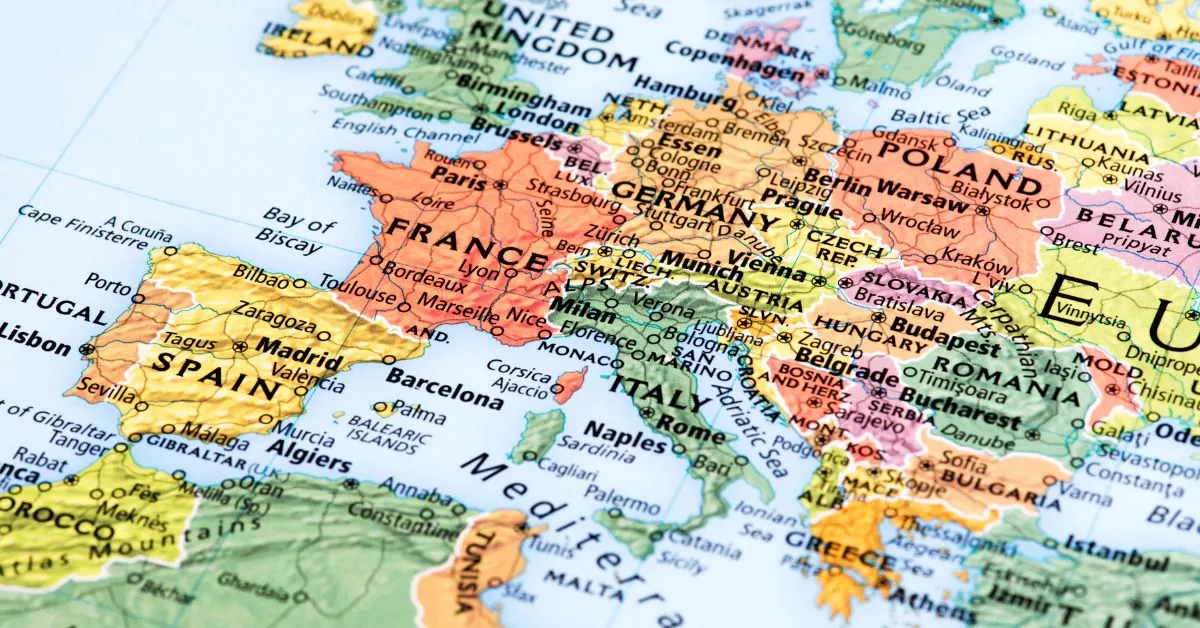As we all know, the European Union is a large and prosperous political entity. To maintain its status as one of the most powerful regions in the world, the EU has implemented several policies and regulations over the years.
One of these policies is ETIAS, which stands for European Travel Information and Authorization System.
Ready To Travel? Don't Go Without Travel Insurance.
I recommend SafetyWing Nomad Insurance, an affordable travel insurance offering automatic monthly payments that you can cancel anytime. I've been using it since 2019, and I can assure you it's the perfect solution for nomads like you and me. Learn more by reading our SafetyWing review.In this post, we’re going to discuss what ETIAS means for travelers.

What Is ETIAS?
ETIAS is a new system that the European Union is introducing to strengthen its security measures. The primary purpose of ETIAS is to screen travelers seeking to enter the Schengen Area.
To do this, ETIAS will collect information on each traveler’s criminal history, health, and biometrics.
ETIAS will then screen this information to determine whether the traveler threatens the security of the Schengen Area.
If ETIAS determines that the traveler does not pose a threat, they will be granted authorization to enter the Schengen Area.
However, if ETIAS determines that the traveler poses a threat, they will be denied authorization to enter the Schengen Area.
Who Needs ETIAS?
ETIAS is mandatory for all travelers seeking to enter the Schengen Area. This includes citizens of countries exempt from the Schengen Agreement’s visa requirements.
In other words, even if you are a citizen of a country that does not require a visa to enter the Schengen Area, you will still need to obtain ETIAS authorization before entering.
How Long Is The ETIAS Valid For?
ETIAS authorization is valid for three years. This means that, as long as your ETIAS authorization is valid, you can enter the Schengen Area as often as you like.
However, it is essential to note that each stay in the Schengen Area cannot exceed 90 days. The rule will remain the same: 90 days within each 180-day period.
It’s essential to understand that ETIAS is not a visa but an electronic travel authorization, or in other words, a visa waiver.
How To Apply For ETIAS
The ETIAS will start in November 2023, so you don’t need to do anything for now.
We are going to update this section when the ETIAS is officially started.
To get your visa waiver, you’ll need to provide the following information:
- Full name
- Date and place of birth
- Current address
- Parents’ information
- Passport information
You’ll also need to answer questions about drug use, terrorism, human trafficking, travel to conflict areas, criminal history, employment history, past European travel information, and security information.
ETIAS Countries
The following countries are included in the ETIAS program:
- Austria
- Belgium
- Bulgaria
- Croatia
- Cyprus
- Czech Republic
- Denmark
- Estonia
- Finland
- France
- Germany
- Greece
- Hungary
- Iceland
- Italy
- Latvia
- Liechtenstein
- Lithuania
- Luxembourg
- Malta
- Netherlands
- Norway
- Poland
- Portugal
- Slovakia
- Slovenia
- Spain
- Sweden
- Switzerland
- Romania
Some of these countries are not currently in the Schengen zone or the European Union, but they will still require an ETIAS for travel.
Final Thoughts On ETIAS
As you can see, ETIAS is a new and important program that the European Union is introducing to strengthen its security measures.
If you plan to travel to Europe, you must understand the ETIAS program’s requirements.
Failure to comply with the ETIAS program could result in you being denied entry into the Schengen Area.
We hope this article has helped explain the ETIAS program to you.
You’ll be pleased to know that iVisa will offer a service to help you get your ETIAS. You can learn more about iVisa in our review.
Traveling to Europe soon? You might also like:


